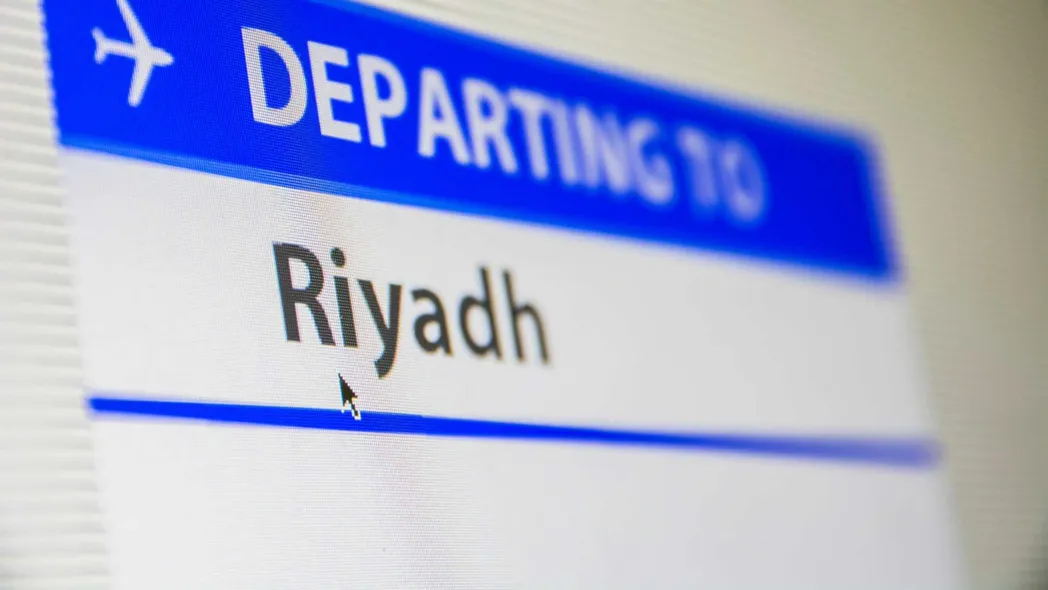Saudi Aviation Sector Growth: A $90 Billion Industry Driving Global Connectivity
Saudi Arabia’s aviation industry is scaling new heights, contributing $90.6 billion to the economy in 2025, a 71% surge from $53 billion in 2024. Now accounting for 8.5% of national GDP, the sector is fueling expansion through record-breaking passenger numbers, fleet modernization, and strategic investments. With annual traffic hitting 128 million passengers in 2024, a 15% increase year-over-year, Saudi Aviation Sector Growth is rapidly positioning the Kingdom as a global aviation powerhouse.
Passenger Traffic Hits 128 Million, With 15% Growth Year-on-Year
In 2024, 128 million passengers traveled through Saudi airports, marking a 15% increase compared to the previous year. International passenger traffic rose to 69 million, while domestic traffic climbed to 59 million, showing substantial progress in air connectivity. Leading the charge, Jeddah’s King Abdulaziz International Airport served 49 million passengers, followed by King Khalid International Airport in Riyadh (37.6 million) and King Fahd International Airport in Dammam (12.8 million).
Also Read: Saudi Tourism Predicts Strong 8% Expansion in 2025
Expanding Fleet and Airport Infrastructure to Meet Growing Demand
More airlines, newer aircraft, and modernized fleets are laying the groundwork for seamless travel. The Kingdom’s aviation fleet grew to 361 aircraft, with a 12% increase in commercial planes. Riyadh Air, the Kingdom’s upcoming flagship airline, has placed massive orders, including 60 Airbus A321neo jets, with plans for additional wide-body aircraft. Saudia, the national carrier, secured a $19 billion deal for 105 new aircraft, ensuring modernized fleets and enhanced passenger experience.
To accommodate surging demand, Saudi Arabia is investing in airport capacity. The new King Salman International Airport in Riyadh is set to handle 120 million passengers by 2030, reinforcing the country’s status as a global transit hub.
Air Cargo Surges 34%, Strengthening Saudi’s Trade and Logistics
Aviation isn’t just about passengers; freight transport is booming too. Air cargo volumes shot up by 34% to 1.2 million tonnes, reinforcing Saudi Aviation Sector Growth as a driving force behind regional logistics expansion. Inbound shipments accounted for 720,000 tonnes, while outbound freight reached 64,000 tonnes, with transit cargo hitting 407,000 tonnes. These figures showcase Saudi Arabia’s ambitions in global trade.
Sustainability and Innovation Reshaping Saudi Air Travel
As Saudi Arabia embraces sustainability, airlines and airports are integrating AI-driven efficiency measures and sustainable aviation fuel (SAF) to curb emissions. The introduction of 35% SAF blends at Red Sea International Airport marks a milestone in eco-friendly aviation, reducing emissions per flight while supporting Saudi Vision 2030’s environmental goals.
Passenger experience is also undergoing a transformation through biometric security, AI-powered services, and seamless airport-airline integration. As a result, long security lines and inefficient airport processing may soon be relics of the past, making travel more intuitive and hassle-free.
Saudi Aviation Sector Growth Set to Define the Next Era of Global Travel
Saudi Arabia’s aviation sector is not just expanding; it is redefining the way people travel. With cutting-edge infrastructure, sustainability-driven policies, and significant fleet modernization, the Kingdom is rapidly becoming one of the world’s most connected air travel hubs.
By 2030, Saudi Arabia will serve over 330 million passengers across 250 destinations, reinforcing its strategic influence in global aviation. As the sector continues to evolve, Saudi Arabia is set to play a vital role in shaping air travel for the Middle East and beyond.
Also Read: Architectural Boom Drives Innovation in Saudi Arabia’s Facade Market







